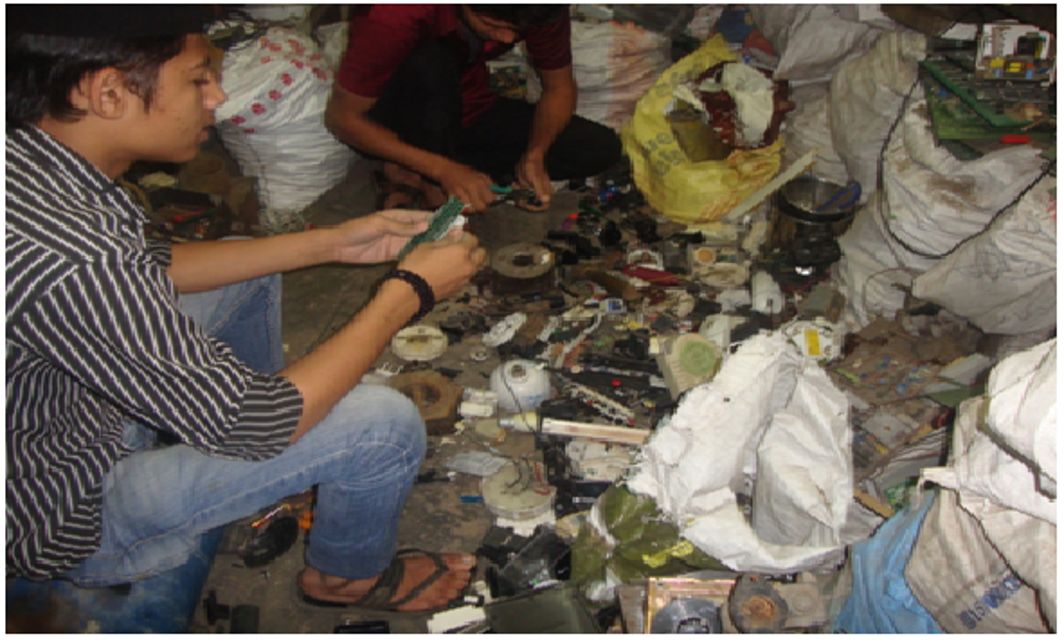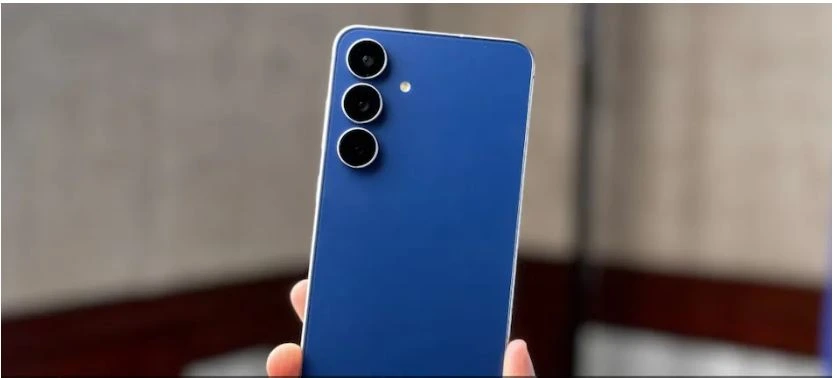Gadgets
E-waste with toxic heavy metals contaminating Delhi groundwater and soil

Gadgets
Oppo Reno 15 likely to launch in India soon with upgraded camera and performance features
Oppo is preparing to launch the Reno 15 series in India, focusing on camera improvements, performance stability and a refined design. Here’s what to expect from its pricing and features.
Gadgets
Samsung Galaxy S25 FE India price leak suggests launch similar to S24 FE
Samsung Galaxy S25 FE India price has surfaced online, hinting at a similar launch price as the S24 FE. The phone brings a 6.7-inch AMOLED display, Exynos 2400 chip, triple rear cameras, and a 4,900mAh battery.
Gadgets
iPhone 17 series launched in India: Price starts at Rs 82,900, goes up to Rs 2.29 lakh
Apple has launched the iPhone 17 series in India with prices starting at Rs 82,900. Pre-booking begins on 12 September, and the phones will be available from 19 September.
-

 India News19 hours ago
India News19 hours agoBJP gets its first mayor in Kerala as VV Rajesh takes charge in Thiruvananthapuram
-

 India News20 hours ago
India News20 hours agoVeer Bal Diwas reflects courage, conviction and righteousness, Says PM Modi
-

 India News17 hours ago
India News17 hours agoAAP targets Delhi LG with Ghajini dig over pollution row, BJP hits back
-

 Entertainment17 hours ago
Entertainment17 hours agoDhurandhar box office collection crosses Rs 1,000 crore worldwide in 21 days
-

 Latest world news15 hours ago
Latest world news15 hours agoIndia flags attacks on Hindus in Bangladesh as worrisome after recent lynchings
-

 India News23 hours ago
India News23 hours agoTrain fares increased from December 26: check revised ticket prices across classes
-

 India News23 hours ago
India News23 hours agoDelhi air quality improves slightly but stays in poor category
-

 India News17 hours ago
India News17 hours agoTraffic slows in Himachal Pradesh as year-end tourist rush chokes roads to Shimla, Manali






